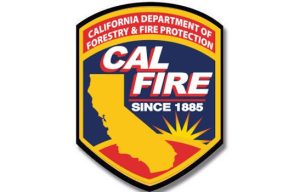Sacramento, CA– To enhance forest and fuels management projects, CAL FIRE and the U.S. Bureau of Land Management (BLM) have formalized a statewide Good Neighbor Authority agreement, simplifying collaboration across land boundaries and aiming to bolster the health of California’s forests.
As part of the Good Neighbor Authority initiative, CAL FIRE and the BLM have inked a comprehensive agreement valued at around $4.5 million. This funding, allocated to CAL FIRE through the agreement, will facilitate improved coordination for forest health projects, fuel reduction, and restoration efforts on BLM-managed public lands within California. Notably, the BLM oversees a vast expanse of 15 million acres, accounting for roughly 15 percent of the state’s total land area.
Matthew Reischman, Deputy Director for Resource Management at CAL FIRE, expressed the groundbreaking nature of this collaboration, asserting that it stands as a pivotal stride towards safeguarding California’s natural resources and communities from the destructive impacts of wildfires. “Through strategic planning and joint efforts, this partnership streamlines planning steps and seeks to foster a healthier and more resilient environment—one that is better equipped to withstand the challenges posed by wildfire and other ecological stressors”.
Beyond its implications for wildfire prevention, this partnership seeks to fortify BLM wildlands against climate-related stressors like drought. Additionally, it addresses potential threats posed by insects and fungi, which can impact the overall health of natural systems.
Under this agreement, CAL FIRE is empowered to pursue state objectives on federal lands, with priority projects identified based on the alignment of CAL FIRE and BLM strategic goals. Examples include projects that bridge fuel breaks from the State Responsibility Area to BLM lands, fuel reduction efforts in high-threat areas for catastrophic wildfire impact, as well as post-fire restoration and hazard reduction activities in regions affected by wildfires or other climate-induced stressors. This streamlined approach replaces the prior need for protracted coordination across jurisdictional boundaries.

